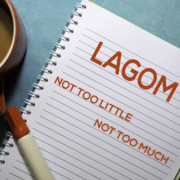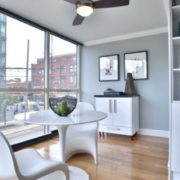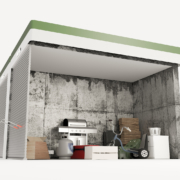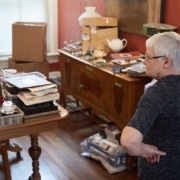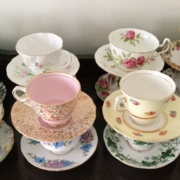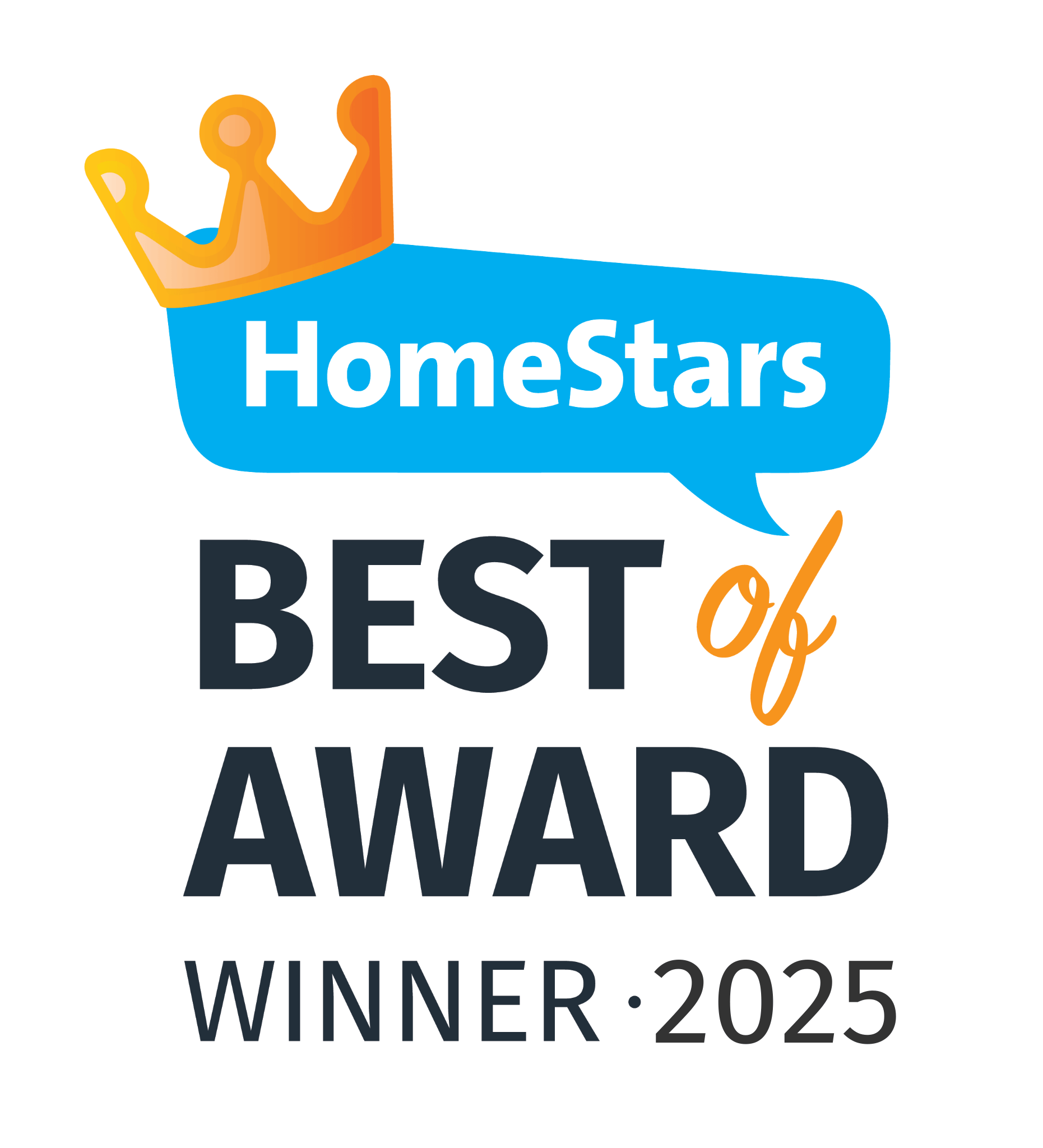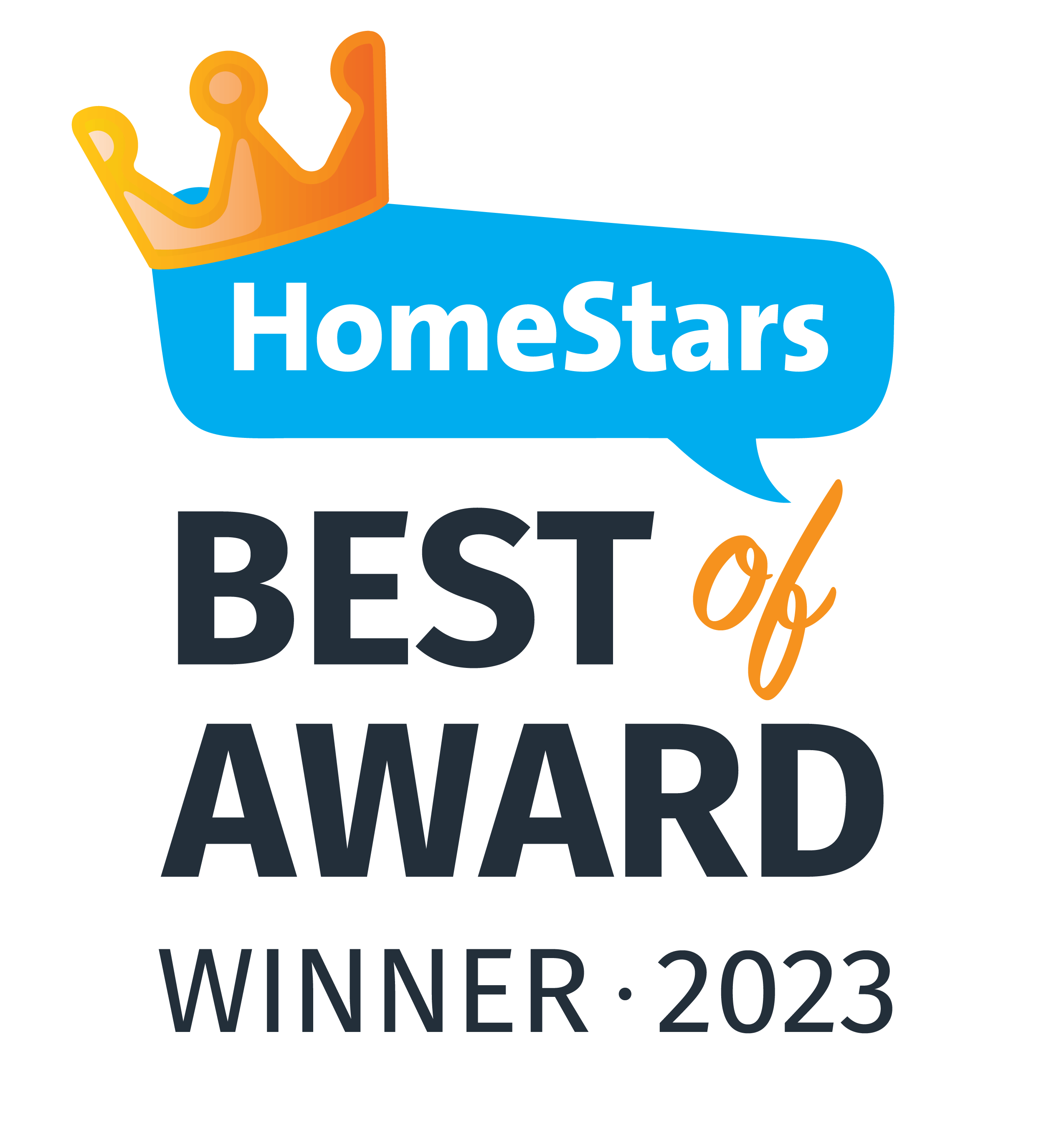Embrace Your Inner Swede and Lagom Your Life
Do you ever feel like you have too much of some things and not enough of others? Perhaps too much clutter and not enough open space? Too much to do and not enough time to do it in? Too much stress and not enough calm?
If the “too much/too little” battle seems like a constant struggle, consider adopting lagom. Lagom is a Swedish lifestyle that translates to “having just the right amount – not too much, and not too little.”
Many believe that the word lagom comes from the time when Swedish farmers and Vikings shared drinks communally from the same horn or bowl. In this sense, lagom is seen as a force for good, connecting people to place and community, both crucial ingredients to the Swedish way of life.
What can we learn from the land of intentional design, minimalist décor, capsule wardrobes and IKEA?
Think of lagom as a process where you de-clutter and simplify your life in order to increase emotional wellbeing. What’s not to like? When we feel like we belong in our space, have balance in our life, and a shared responsibility to our community, we tend to feel better.
So, why it is that even when we know what is just right/enough, we go overboard into excess?
Is it societal pressure to consume? The ease in which we can purchase goods 24/7? Our inability to make decisions about our belongings? All of the above?!
By implementing the “lightweight lifestyle” of lagom into our lives, how we create happiness increases. By having a more lagom life, we are apt to feel more connected, intentional and purposeful. Specific benefits include:
- physical: less material obsession, less consumption, more de-cluttering, less cleaning
- mental: stops mind from spiraling, more focus, embrace life consciously, more creativity
- financial: improves as consumption decreases, thriftier, re-use items
According to Niki Brantmark, author of Lagom: Not Too Little, Not Too Much: The Swedish Art of Living a Balanced, Happy Life, “lagom is about finding a balance that works for you. It encourages curiosity and experimentation versus rigid definitions of what “just right” looks like.”
Brantmark’s top three lagom suggestions:
- Streamline your bedroom:Create a clean, calm space that de-clutters your mind and restores your body so you feel organized. Only keep out the essentials.
- Keep your space clutter-free: Manage the reality (and overwhelm) of clutter by putting items away, or in a basket/bag so they can be put away later. Donate/sell/discard what’s not being used.
- Make sustainability a priority. Less lights, more candles, less plastic, more re-usable mugs, bottles and bags, shop gently used, and eat your leftovers!
“Applying a sense of lagom to our everyday lives—in how we live, work, eat and play – might just be the trick for embracing a more balanced, sustainable lifestyle that welcomes the joy of existence rather than those of consumption”, states Anna Brones in her book, Live Lagom: Balanced Living the Swedish Way.
At Simply Home Downsizing, we often work with clients who are trying to achieve “just the right amount” in their home, often showing up in the form of de-cluttering, organizing and downsizing. By adopting the Swedish lagom approach, we can all work towards living a more balanced, sustainable life on our own terms.
Whether you need to organize your own space, help a loved one move into a smaller home, or manage an estate clearing, our team of experienced professionals will guide you carefully and comfortably to your desired result. Contact us today to learn more about our services.
~ The Simply Home Downsizing Team

